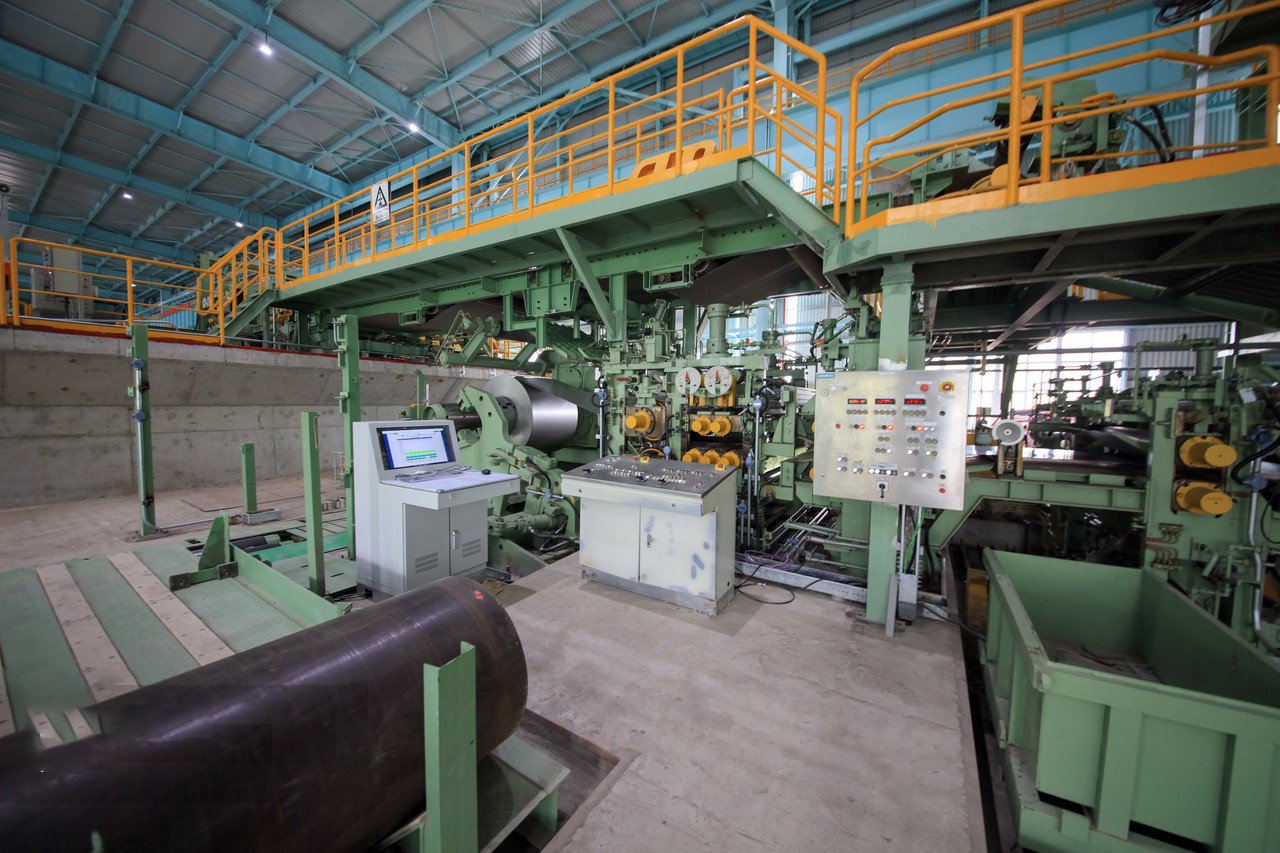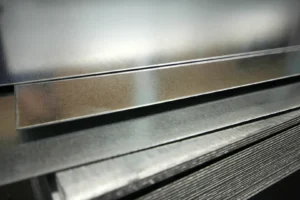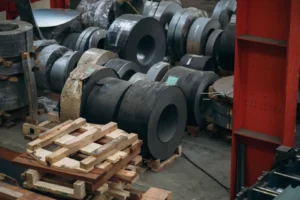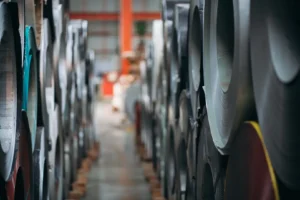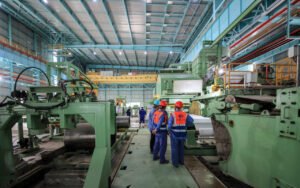304 vs. 316 Stainless Steel: Pros and Cons for Marine and Export Applications
Choosing the wrong steel for marine projects is a serious risk. This mistake leads to rapid corrosion, costly failures, and a damaged reputation in the global market.
For marine and export applications, 316 stainless steel is the superior choice due to its molybdenum content, which provides excellent resistance to chloride corrosion from saltwater. While 304 is more cost-effective, it is best suited for non-marine environments where corrosion is less of a concern.
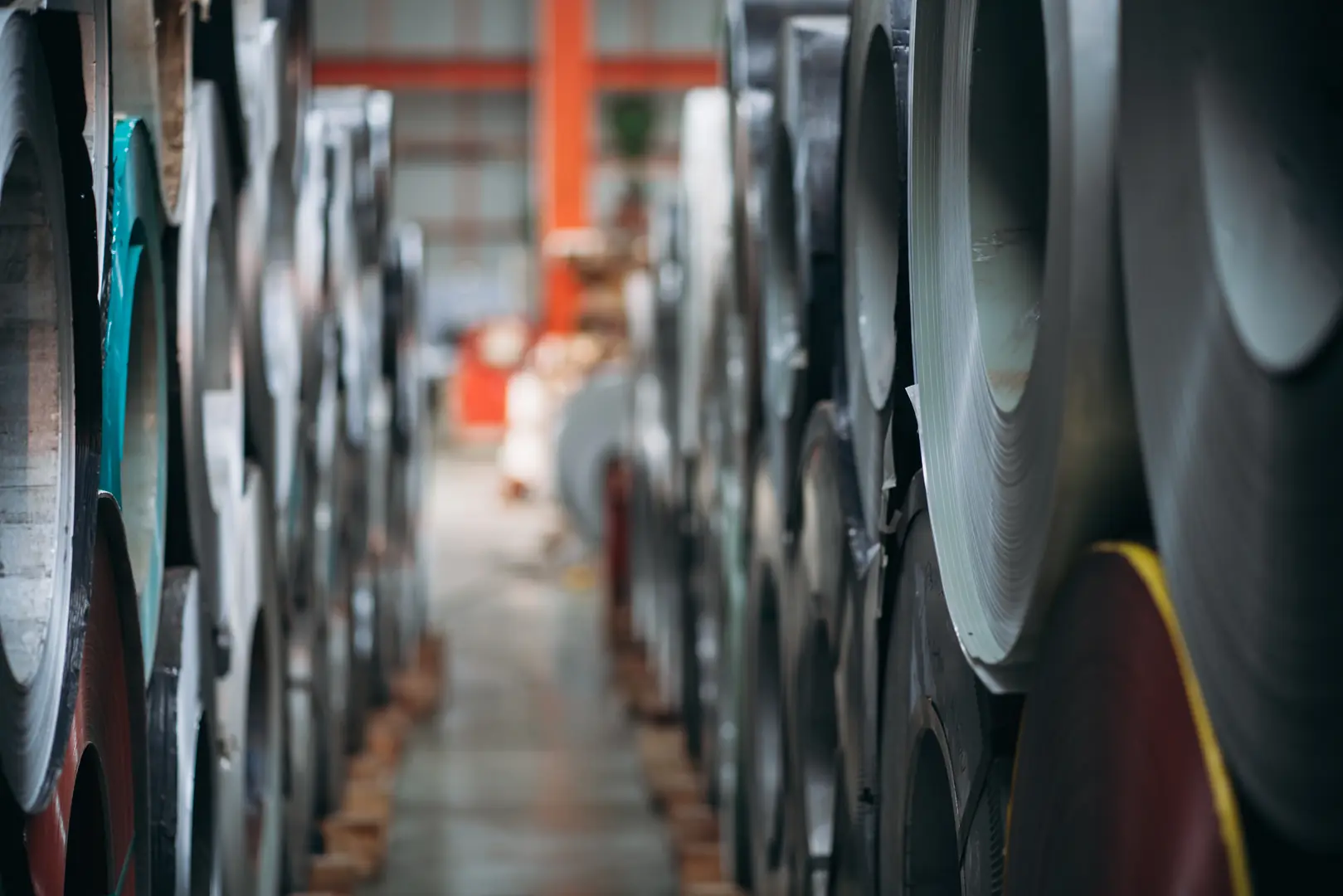
As the Global Business Director at MFY, I've seen countless projects succeed or fail based on this one material decision. The choice isn't just about technical specifications; it's a strategic business decision that impacts your product's lifecycle, your budget, and your brand's reliability in the international market. Let's break down the factors you need to consider to make the right call for your business and ensure your investment is built to last.
What are the key differences between 304 and 316 stainless steel?
Distinguishing between these two popular grades can seem complex. This confusion can lead to incorrect material selection, putting your entire project at risk from the very beginning.
The primary difference is the addition of about 2-3% molybdenum to 316 stainless steel. This single element dramatically enhances its corrosion resistance, especially against chlorides and other industrial solvents, setting it apart from the more general-purpose 304 grade.
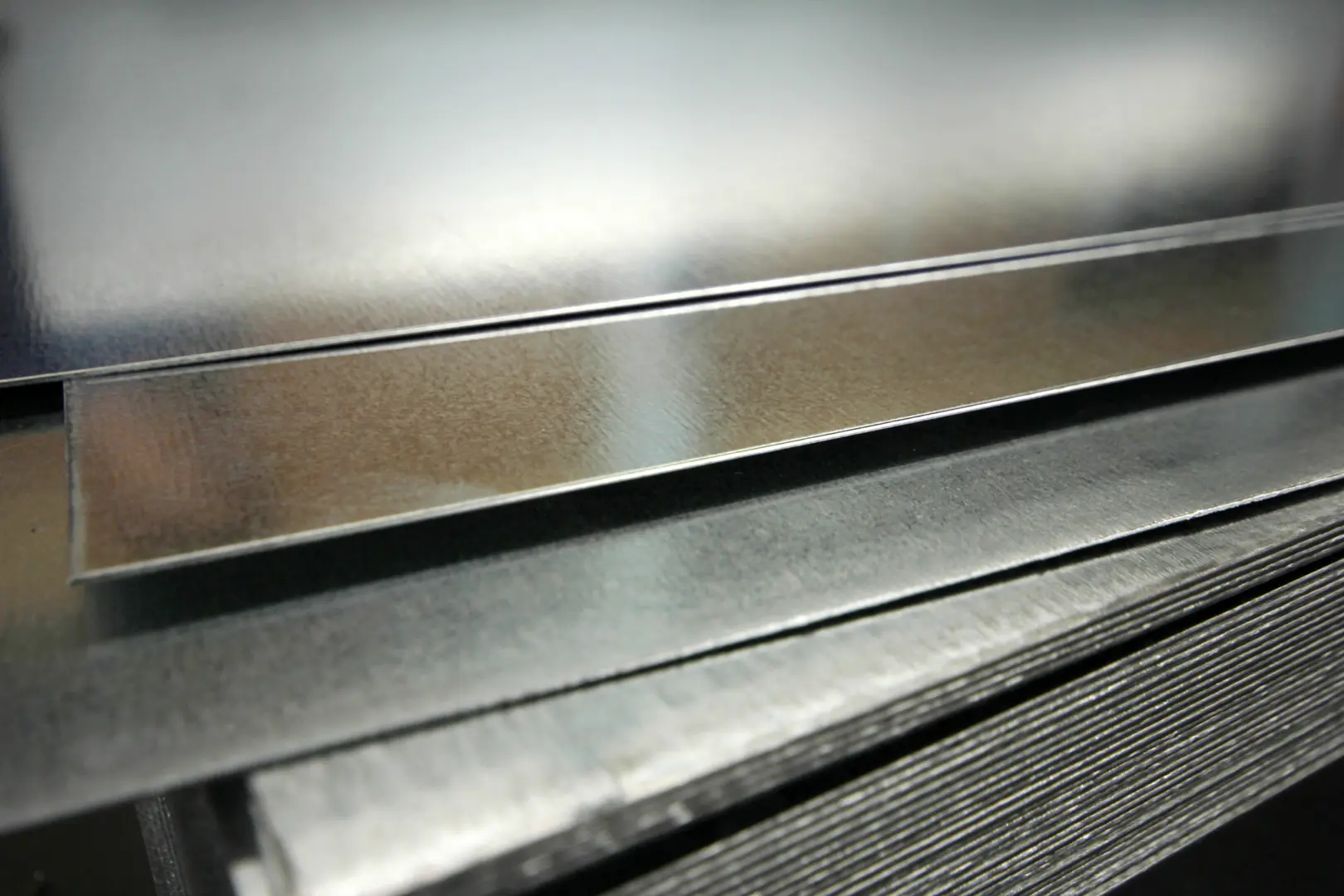
At MFY, we deal with the practical implications of these chemical differences every day. While both 304 and 316 are austenitic stainless steels[^1], meaning they share a similar crystalline structure and are non-magnetic, their performance in certain environments is worlds apart. The secret, as mentioned, is molybdenum. This element gives 316 the strength to fight off the corrosive attack of chlorides, which are abundant in seawater, de-icing salts, and many industrial chemicals. This is a battle that 304 steel, despite its excellent general corrosion resistance, will eventually lose.
Chemical Composition Breakdown
The best way to see the difference is to look at the numbers. While specifications can vary slightly, here is a typical comparison of their key components.
| Element | Grade 304 (%) | Grade 316 (%) | Impact |
|---|---|---|---|
| Chromium | 18-20 | 16-18 | Main element for corrosion resistance (forms passive layer) |
| Nickel | 8-10.5 | 10-14 | Improves formability, ductility, and some corrosion resistance |
| Molybdenum | - | 2-3 | Significantly enhances resistance to pitting and crevice corrosion |
| Carbon | ≤ 0.08 | ≤ 0.08 | Affects strength and weldability |
Practical Implications for Your Business
This small change in chemistry has huge real-world consequences. The higher nickel content in 316 also contributes to its enhanced properties and, along with molybdenum, its higher cost. For our clients in the export business, understanding this is critical. Choosing 304 for a project destined for a coastal region in Southeast Asia might save money upfront, but it could lead to premature failure and warranty claims that far exceed the initial savings. We always advise our partners to think about the final destination and application environment, not just the initial invoice.
How does the corrosion resistance of 304 compare to 316 in marine environments?
Marine environments are brutally corrosive to most metals. Using the wrong grade of stainless steel in these conditions leads directly to pitting, rust, and structural failure.
In marine environments, 316 stainless steel massively outperforms 304. Its molybdenum content provides robust protection against pitting and crevice corrosion caused by chloride ions in saltwater. In the same environment, 304 is highly susceptible to this localized attack and will fail relatively quickly.

The term "corrosion" can be broad, but in the marine world, we are most concerned with a specific type: chloride-induced pitting and crevice corrosion[^2]. Think of it as a small, localized attack that can penetrate deep into the metal, compromising its integrity from the inside out. This is where the investment in 316 pays for itself.
The Power of Molybdenum Against Chlorides
I remember a case with a client in Dubai who was manufacturing high-end yacht railings for export. They initially chose 304 to manage costs. Within a year, their customers were reporting small but unsightly rust spots, especially around the welds and fixtures where tiny crevices could trap saltwater. This was a classic case of chloride attack. We helped them transition their entire production to 316L (a low-carbon variant of 316) from our MFY supply. The problem vanished. Their maintenance calls dropped to nearly zero, and their brand reputation was restored. This is a perfect example of how 316's chemistry provides long-term value and protects a business.
Real-World Performance: Beyond the Data Sheet
On paper, both are "stainless." In reality, only one is truly suited for the sea.
- Grade 304: Will show surface rust (tea staining) and pitting in a matter of months when exposed to salt spray. It is simply not designed to withstand constant chloride exposure.
- Grade 316: Maintains its passive layer—the invisible, self-healing shield created by chromium—far more effectively in the presence of chlorides. This means a longer service life, a cleaner appearance, and significantly lower maintenance and replacement costs over the product's lifetime.
For any equipment that will be on or near the ocean, from ship components to coastal architectural features, 316 is not just a recommendation; it's an operational necessity.
What are the cost implications of choosing 304 vs. 316 for export applications?
Budget is always a primary concern in any project. However, focusing only on the initial material price can be a very costly mistake in the long run.
Initially, 304 stainless steel is about 20-30% cheaper than 316 due to its lower nickel content and lack of molybdenum. For export applications to corrosive environments, 316's higher upfront cost is a smart investment that prevents future replacement and maintenance expenses.
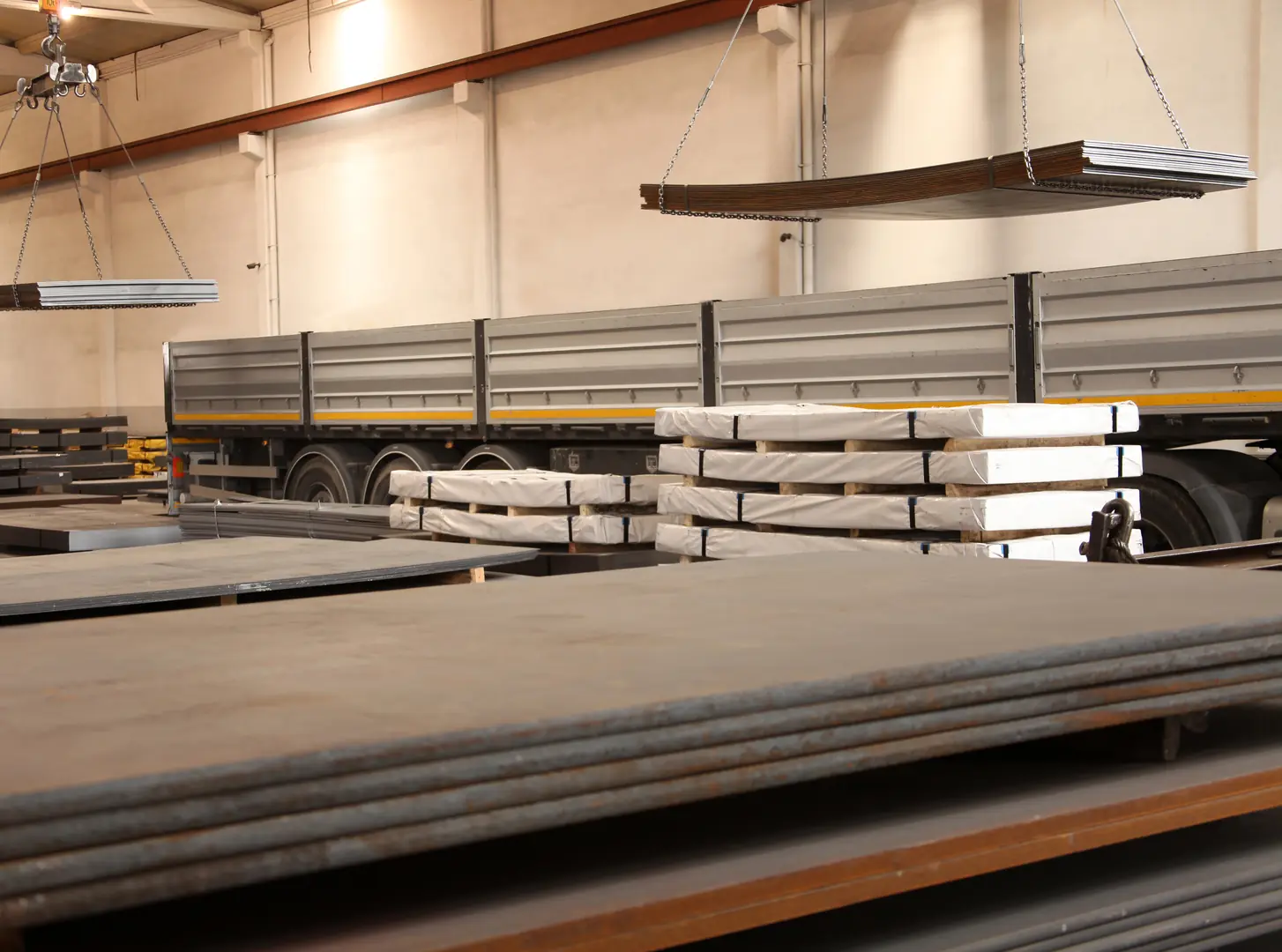
When we talk about cost at MFY, we encourage our clients to look beyond the price per kilogram. The true cost of a material is revealed over its entire lifecycle, especially in the context of international trade where logistics, reputation, and long-term performance are paramount.
Upfront Material Cost
There's no denying that 304 is the more economical choice on the purchase order. The global prices of nickel and molybdenum are the primary drivers of 316's higher cost. For a large-scale project, this initial difference can be substantial. This is why 304 is the most widely used stainless steel in the world—for the right applications. If you are manufacturing kitchen sinks for a dry, inland region, 304 is the perfect, cost-effective choice. But if those same products are destined for a coastal hotel or a marine vessel, the cost equation changes dramatically.
Lifecycle Costing and Total Cost of Ownership (TCO)
This is where 316 proves its value. The initial premium is an insurance policy against future costs. Consider the following factors for a marine application:
| Cost Factor | Grade 304 | Grade 316 |
|---|---|---|
| Initial Purchase | Lower | Higher |
| Maintenance | High (frequent cleaning, polishing, potential repairs) | Low (minimal cleaning required) |
| Replacement Cycle | Shorter (risk of premature failure) | Longer (designed for the environment) |
| Reputation / Warranty | High Risk (potential for claims and brand damage) | Low Risk (reliable performance) |
| Total Cost of Ownership | Potentially much higher over time | Lower over the product lifecycle |
For an exporter, sending a product overseas that fails prematurely is a logistical and financial nightmare. The cost of shipping replacements, handling warranty claims, and the damage to your brand's reputation for quality will quickly erase any initial savings from choosing 304. Investing in 316 for critical marine components is a strategic move that supports a robust global supply chain.
How do the mechanical properties of 304 and 316 affect their suitability for marine use?
Strength, durability, and the ability to be formed into complex shapes are non-negotiable. A material must be able to withstand the physical stresses of its application and the harshness of its environment.
Mechanically, 304 and 316 stainless steel are very similar. Both offer excellent tensile strength, durability, and formability. The choice between them for marine use is therefore driven almost entirely by their vast difference in corrosion resistance, not their mechanical performance.
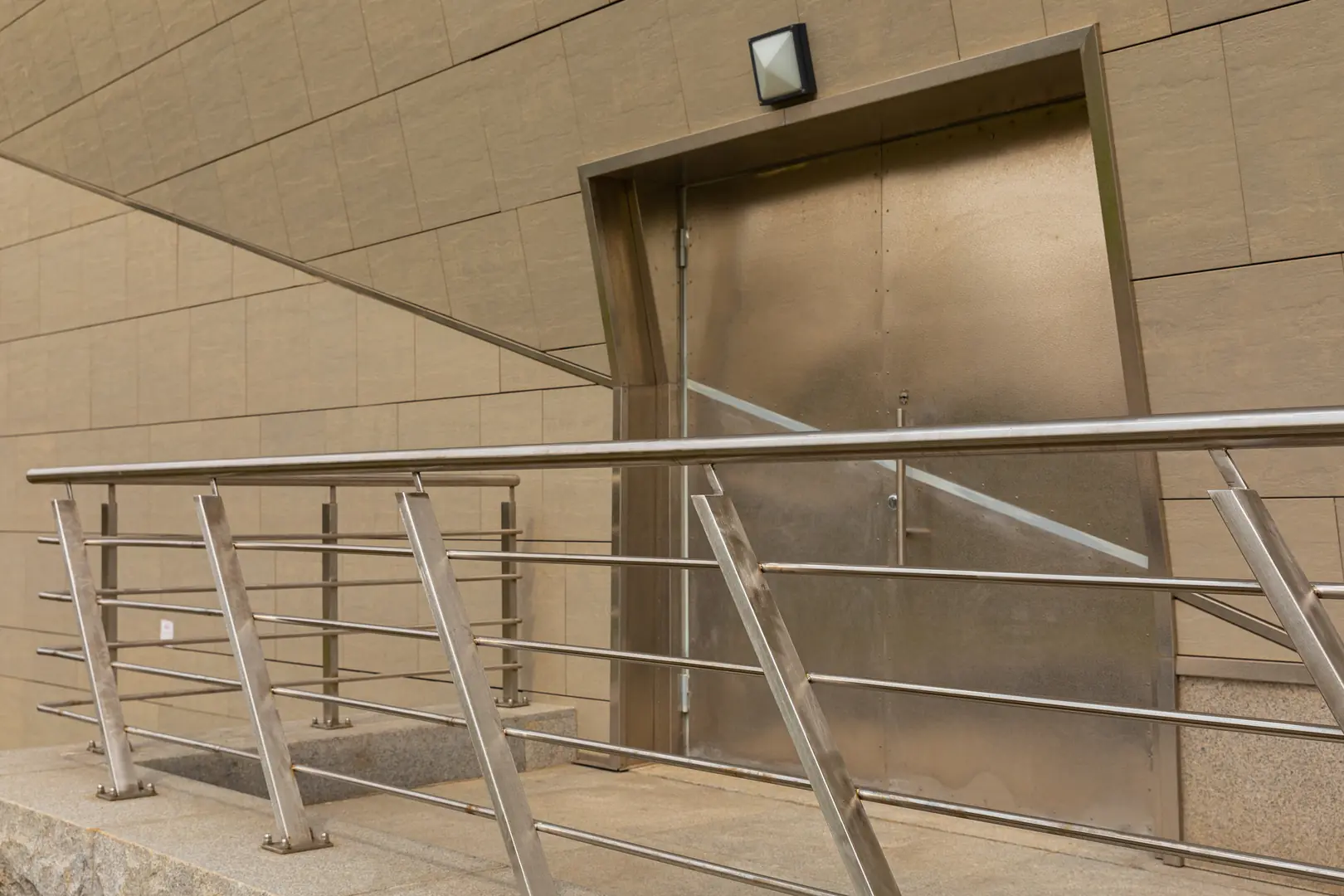
This is a point that often surprises people. They expect the "better" grade, 316, to be significantly stronger, but that's not its primary purpose. Both 304 and 316 belong to the same family of austenitic stainless steels, and as a result, they share a very similar mechanical profile. This is good news for engineers and fabricators because it means that designs and manufacturing processes can often accommodate either material without major changes.
Strength and Ductility Comparison
Let's look at some typical values. These can vary based on the specific finish and form of the material, but they illustrate the similarity between the two grades.
| Mechanical Property | Grade 304 (Typical) | Grade 316 (Typical) |
|---|---|---|
| Tensile Strength | 515 MPa | 515 MPa |
| Yield Strength | 205 MPa | 205 MPa |
| Elongation (% in 50mm) | 40% | 40% |
| Hardness (Brinell) | 201 | 217 |
As you can see, they are nearly identical in strength and ductility (elongation). The slightly higher hardness of 316 is generally not a significant factor in most applications.
Fabrication and Welding
Both grades are known for their excellent formability and weldability. They can be deep-drawn, stamped, and bent to create complex parts for marine hardware, tanks, and structural components. At MFY, our coils and sheets are produced to strict standards to ensure this consistency for our fabrication partners worldwide. The key takeaway here is simple: if your design is mechanically sound using 304, it will almost certainly be sound using 316. The decision to upgrade to 316 is not about needing more strength; it's about needing more resilience against the invisible chemical attack of the marine environment.
What are the recommendations for selecting between 304 and 316 for specific applications?
Making the final material decision can be daunting. A wrong choice wastes money and damages your hard-earned reputation, while the right one ensures longevity and customer satisfaction.
For any application with direct saltwater contact or in coastal areas with salt spray, always choose 316 stainless steel. For projects located far from the coast with no chloride exposure, such as inland equipment or decorative trim, 304 is a perfectly suitable and cost-effective choice.
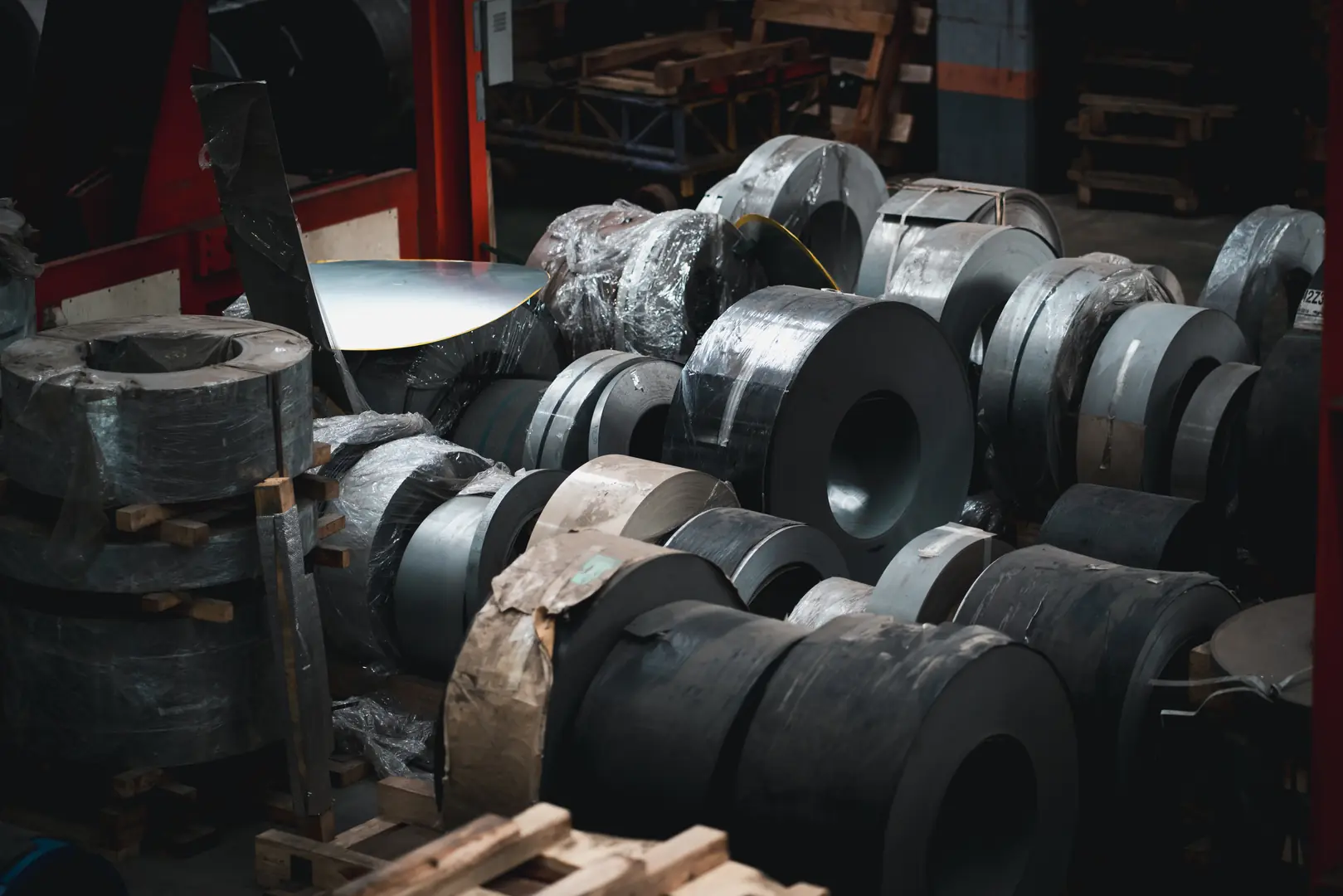
As a partner to businesses across the globe, our goal at MFY is to provide not just steel, but clarity. The right choice depends entirely on the application's environment. It's a simple rule: follow the salt. If your product will live on, in, or near the ocean, the choice is already made for you. Investing in 316 is the only way to guarantee performance and durability. For everything else, you have the flexibility to use the more economical 304 grade.
Application-Specific Guidelines
To make it even clearer, here is a simple guide we often share with our clients. This table can help you make a quick and informed decision for your next project.
| Application | Environment | Recommended Grade | Rationale |
|---|---|---|---|
| Boat Railings, Anchors, Propellers | Direct saltwater immersion/spray | Grade 316 | Maximum corrosion resistance is essential to prevent failure. |
| Coastal Architecture (balconies, facades) | High salt spray, coastal air | Grade 316 | Prevents "tea staining" and pitting, ensuring long-term aesthetic appeal. |
| Food Processing Equipment (on a ship) | Indoor, but in a marine setting | Grade 316 | Protects against both food acids and the ambient salty air. |
| Outdoor Railings (inland city) | Urban, no salt exposure | Grade 304 | Excellent general corrosion resistance is sufficient and cost-effective. |
| Kitchen Sinks & Appliances (inland) | Indoor, mild environment | Grade 304 | The industry standard; provides necessary performance at a lower cost. |
| Structural Fasteners for a Dock | Marine splash zone | Grade 316 | Critical for structural integrity where corrosion can lead to catastrophic failure. |
Ultimately, our team at MFY is here to help you analyze these factors for your specific export market and product line. We see ourselves as more than just a supplier; we are a strategic partner in building a resilient and successful global supply chain.
Conclusion
The choice between 304 and 316 stainless steel is a crucial one. Grade 304 offers excellent value for general-purpose applications, but for the unforgiving marine environment, 316 is the only reliable choice. This is an investment in longevity, reliability, and your brand's global reputation.
Have Questions or Need More Information?
Get in touch with us for personalized assistance and expert advice.
